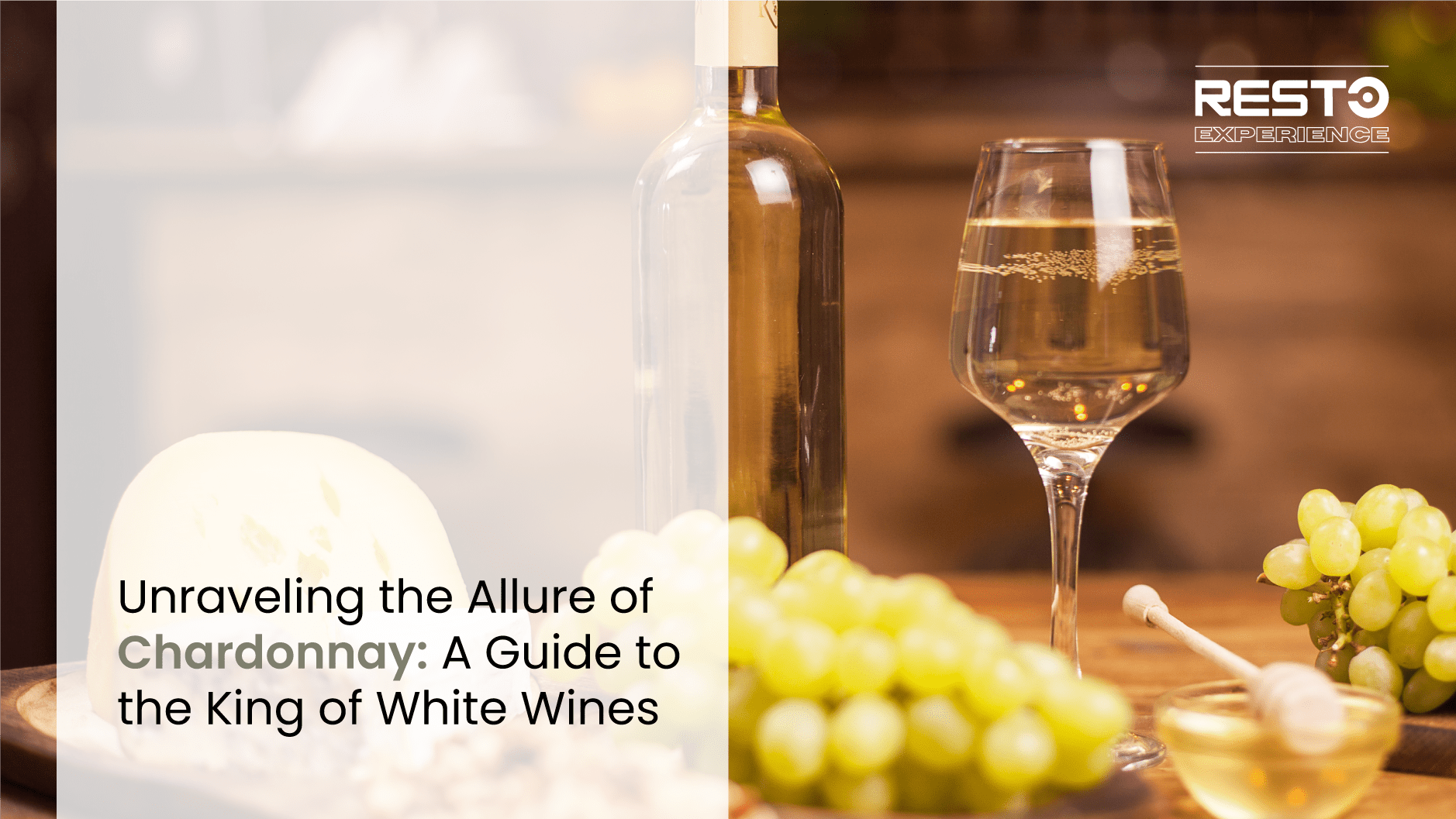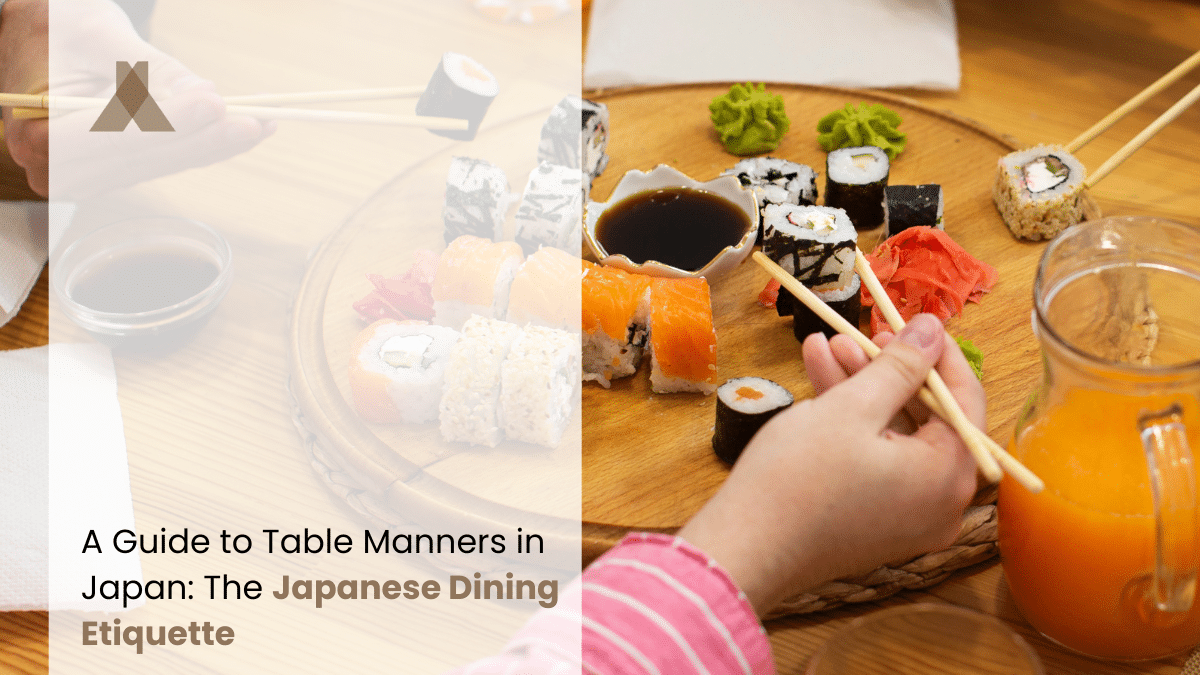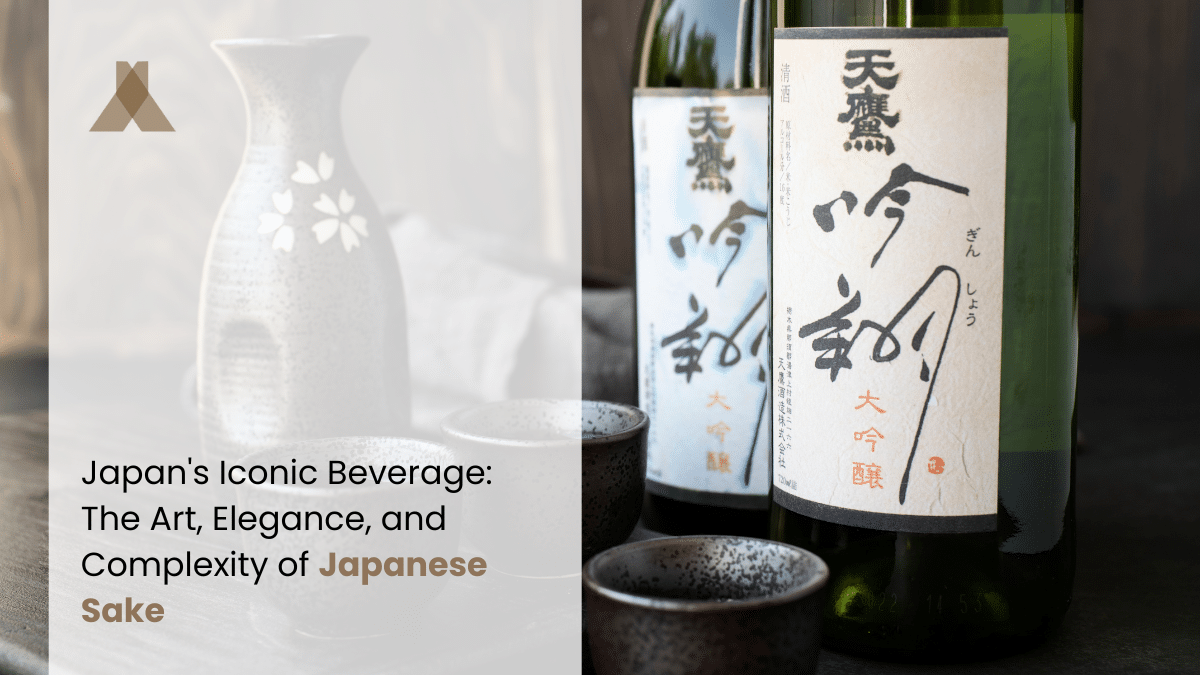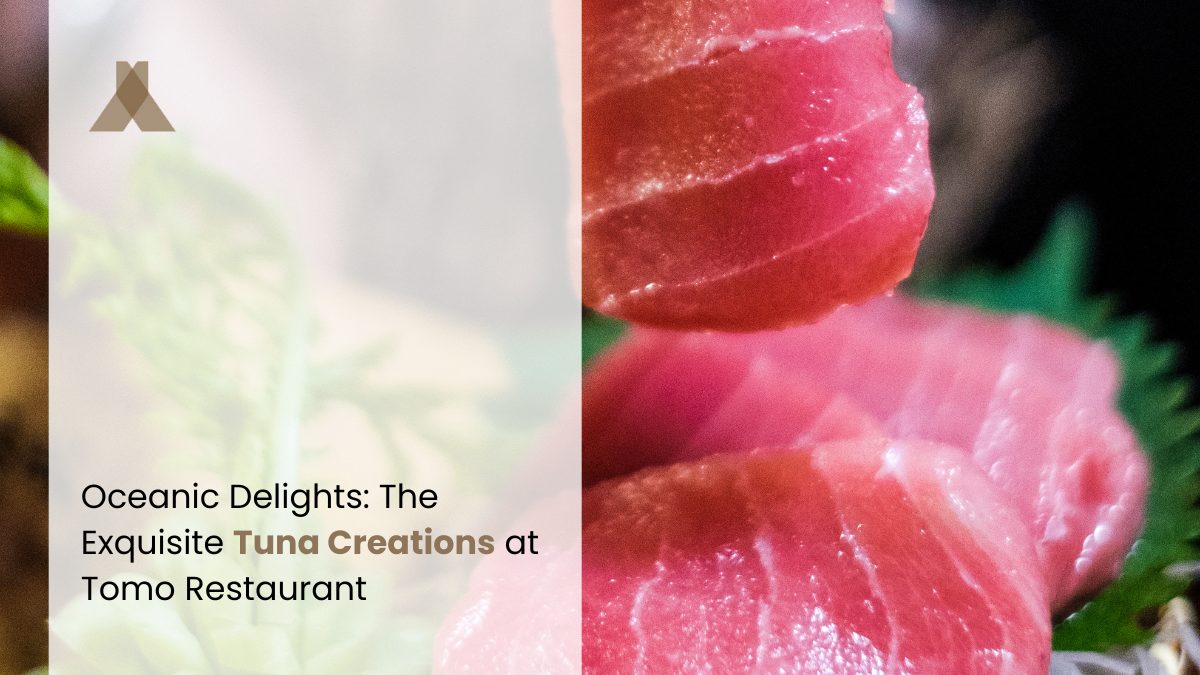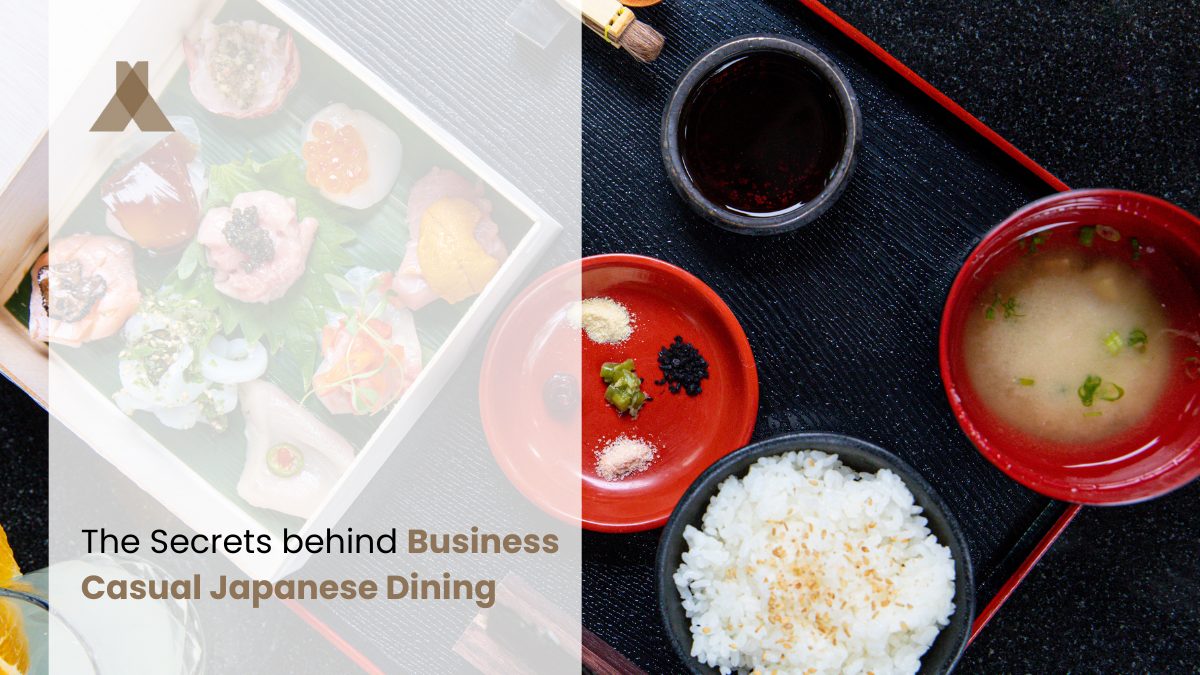Chardonnay, the King of White Wines, is a captivating journey through the world of wine. Its allure lies in its diversity, with the ability to transform from one glass to the next, offering a range of flavors and styles.
Today we’ll take a walk through the magic of Chardonnay, from the vineyard to the bottle, unravel its connection to terroir, decode its flavor profiles from different regions, and discover the perfect culinary companions for this beloved grape.
Join us as we unlock the secrets and pleasures of Chardonnay, the wine that has captured the hearts of wine enthusiasts worldwide.
Discovering the Magic Behind Chardonnay
Unlocking the essence of Chardonnay wine is like embarking on a flavorful journey through the world of white wines. Among the most popular grape varietals, Chardonnay stands tall for its remarkable adaptability, showcasing unique expressions in diverse regions. Its charm lies in the range of Chardonnay flavors it can offer, from crisp green apple and zesty citrus in cooler climates to lush tropical fruits and buttery notes in warmer regions. Chardonnay’s characteristic versatility and elegance make it a beloved choice for wine enthusiasts, offering an array of experiences to explore and savor.
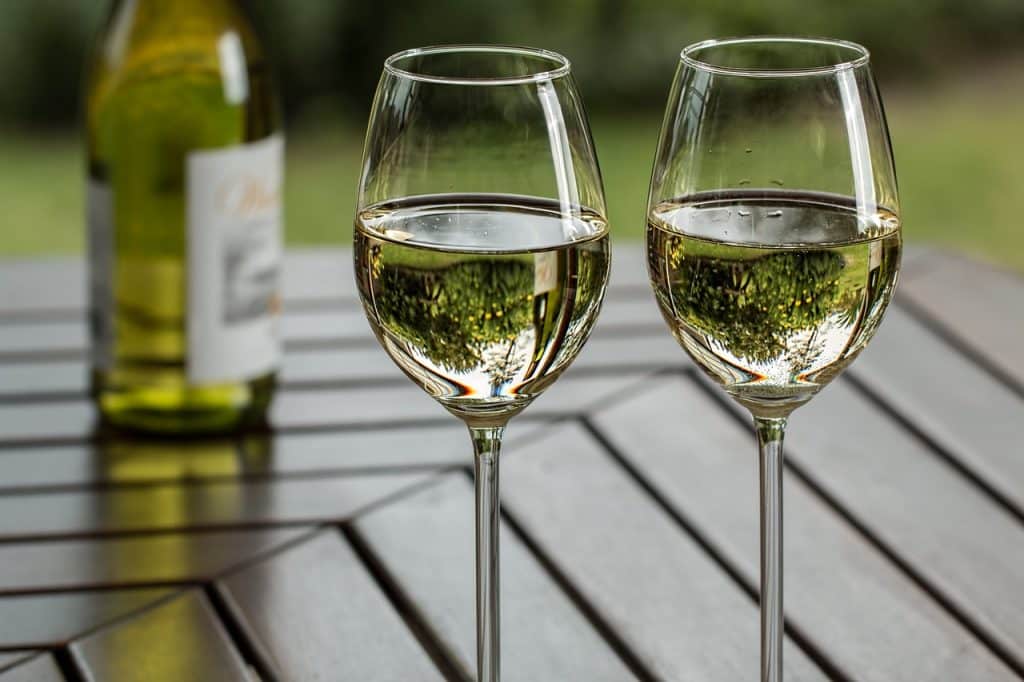
In your glass, you’ll find Chardonnay’s magic lies in its ability to capture the essence of its terroir and winemaking techniques. Each sip is a delightful revelation, unveiling the artistry of winemakers who craft this iconic white wine. Whether you’re drawn to the bright, fresh notes of Chardonnay in cool-climate regions or the rich, full-bodied expressions in warmer areas, there’s an allure to Chardonnay that continues to captivate wine lovers worldwide.
The Art of Chardonnay Winemaking: From Vineyard to Bottle
Chardonnay winemaking is an intricate craft that takes place from the serene chardonnay vineyards to the cherished bottle. The wine production process begins with the careful selection of vineyard sites, as the climate and soil play a pivotal role in shaping the grapes’ flavors. Once the grapes are harvested, they are gently pressed to extract the juice, which is then fermented in stainless steel tanks or oak barrels, depending on the winemaker’s preference.
One of the hallmarks of Chardonnay winemaking is the art of oak aging and malolactic fermentation. This process lends the wine its distinctive buttery and creamy notes, adding depth and complexity to its profile. Chardonnay wineries take great pride in mastering these techniques, ensuring that each bottle reflects the best of what this remarkable grape has to offer.
Exploring the World of Chardonnay Regions and Terroir
The world of Chardonnay is a tapestry of diverse chardonnay regions, each with its unique terroir and character. Some of the most famous Chardonnay-producing countries include France, where the iconic Burgundy region sets the standard for Chardonnay excellence. Here, the cool climate produces wines with mineral-driven elegance and crisp acidity. On the other side of the spectrum, you have warm climate Chardonnays, such as those from California, known for their lush, fruit-forward profiles with hints of vanilla and oak.
Terroir, a term cherished by winemakers, holds a special place in the world of Chardonnay. It encompasses the influence of soil, climate, and geographical factors on the grapes, giving each region’s Chardonnays a distinct personality. Exploring these cool climate vs. warm climate Chardonnays offers wine enthusiasts a delightful journey through the spectrum of flavors and styles that this versatile grape can express.
Tasting Notes: Decoding the Flavor Profiles of Chardonnays from Different Regions
Tasting Chardonnays from different regions is like embarking on a flavor journey that showcases the grape’s chameleon-like nature. In California, you’ll encounter buttery and oaky Chardonnays, often associated with the warm climate. These wines offer a rich and opulent experience, with notes of ripe tropical fruits, vanilla, and a smooth, creamy texture that leaves a lasting impression.
On the other hand, Chardonnays from Burgundy, particularly Chablis-style, take a different path. These wines exemplify the crisp and mineral-driven side of Chardonnay, showcasing the influence of a cooler climate and unique terroir. The flavors are vibrant and brimming with green apple, lemon, and a flinty, stony character. Tasting these Chardonnays side by side unveils the incredible diversity this grape can achieve, making it a versatile favorite among wine connoisseurs.
Pairing Pleasures: The Perfect Food Matches for Chardonnay
Pairing Chardonnay with food is a delightful adventure, as its versatility harmonizes with a wide range of dishes. For buttery and oaky Chardonnays from California, consider pairing them with roasted chicken, buttery seafood dishes, or creamy pasta. The wine’s lush texture and hints of vanilla complement these dishes beautifully.
On the other hand, the crisp and mineral-driven Chablis-style Chardonnays from Burgundy are a great match for lighter fare, such as oysters, fresh salads, and dishes with lemony or citrus notes. Their vibrant acidity and clean finish enhance the flavors of seafood and dishes that benefit from a zesty, refreshing companion. Chardonnay’s adaptability ensures that there’s a perfect food match for every style of this beloved white wine.

